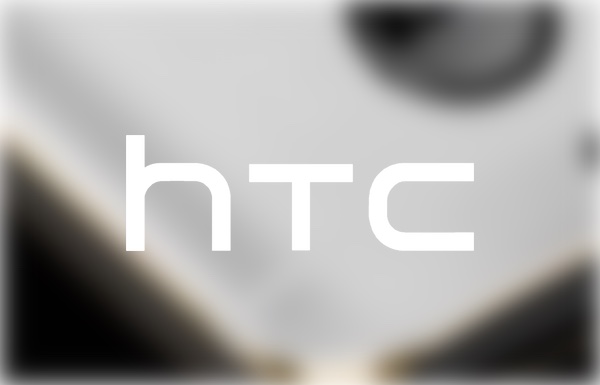Apple’s introduction of 3D Touch on the iPhone 6s and iPhone 6s Plus last year was a bit of a game-changer in terms of how users interact with displayed content on a smartphone. Apple marketed this great little feature as the “next-generation of multi-touch”, and in all honesty, it’s hard to disagree with that notion. It seems that pressure-sensitive interaction is likely to pick up in a big way sooner rather than later, with latest reports suggesting that Google is working on introducing support for such a feature into Android 7.0 N, the next major update of the Android OS. Rumor has it that HTC is working on the 2016 Nexus offering, which will be fully supporting an iPhone-like 3D Touch feature.
An introduction of Android N isn’t really expected in any form for at least another couple of months, but as we know, that doesn’t prevent us from trying to learn about potential inclusions, as well as trying to get an understanding of the real next-generation integrations that Google plans to bring when the platform is unveiled.

In the final quarter of 2015, it was speculated that Samsung would instantly jump onboard the pressure sensitive interaction paradigm with a 3D Touch-esque inclusion of its own within the Galaxy S7 and Galaxy S7 Edge. Obviously, we now know that didn’t happen for one reason or another, but it appears that things will be changing with the arrival of a Nexus handset from HTC which will be running Android N out-of-the-box.
Apparently Google has employed the services of HTC to produce a 2016 Nexus smartphone that will ship with Android N pre-installed. If that’s the case, then it’s highly likely that the rumored device would be the first piece of kit to implement pressure sensitive interaction using Google’s own native implementation of Apple’s 3D Touch feature within Android N. There’s additional fuel being added to the fire here as well, with suggestions that Xiaomi, Meizu, Oppo, and Vivo are all in the process of developing hardware that will come equipped with a pressure-sensitive display.

It’s worth noting that the integration of this type of support within Android N doesn’t automatically mean that manufacturers can offer pressure-sensitive navigation and calls to action without any additional leg work. The feature still needs to be backed up with a display on a device that is capable of detecting varying pressure types, and then ultimately handing that detection and data across to the OS to perform an action. Companies like Gionee and Huawei have already released devices that feature pressure sensitive displays, but without true native support within the underlying OS, it’s hard to dramatically increase the overall user-experience across the board.
(Source: GizmoChina)
You may also like to check out:
You can follow us on Twitter, add us to your circle on Google+ or like our Facebook page to keep yourself updated on all the latest from Microsoft, Google, Apple and the Web.

